In England we are blessed to be able to visit a wide range of historic gardens, from the landscapes of stately mansions to the more intimate gardens of renowned gardeners such as Lawrence Johnson, who designed Hidcote. This summer I returned to a garden that I fell in love with last year. It really is a magical composition of everything that one thinks of as being typically English in garden design.
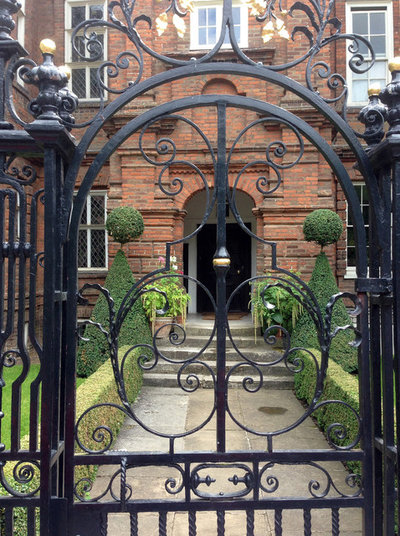
Set behind the Restoration House in Rochester, England, is a garden that has been perfectly restored to include features and plantings that trace the history of this fascinating townhouse.
The Restoration House, tucked away on a small lane off High Street, is so called because King Charles II stayed the night there in 1660, on his way to London to be restored to the English throne after his years of exile in France.
It's a large garden for a townhouse and has, like many English gardens, been divided into areas or rooms, each with a distinctive style or use. Many have features that could easily be transferred or adapted to smaller gardens — from the detailing of the brick paths and the construction of the summer house and greenhouse to the flamboyant summer borders.
The entrance to the house through the simple, formal front garden gives a taste of what is to come.
Beautifully clipped boxwood cones and low hedges line the path to the front door, where two large stone planters overflow with lime-green ornamental tobacco plant (
Nicotiana alata) and the trailing green flowers of
Amaranthus caudatus 'Viridis'.
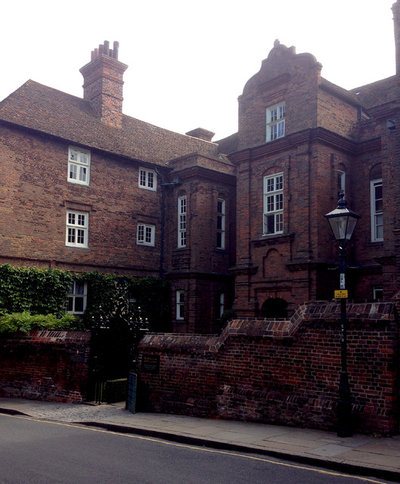
The city of Rochester is only the size of an average county town, but it is suffused with history — not only does it have the second-oldest cathedral in England, one of the best-preserved Norman castles and one of the oldest schools in the world, but it was also the home of Victorian writer Charles Dickens.
Dickens was fond of including buildings from Rochester in his novels — the Restoration House became Satis House, the home of the love-crossed Miss Haversham in one of his favorite works,
Great Expectations.
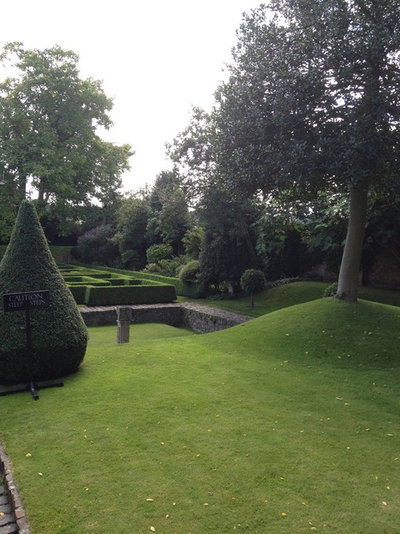
The garden was created from two gardens, as the house was the result of linking two buildings during its long history. Both sides have a typically English feel, with all the elements you would recognize not only from more famous English gardens, but now also from designer show gardens, where they're returning.
From the house you are first led into the Yew Court, so called because of the yew tree on its raised mound, which existed before the start of the garden restoration.
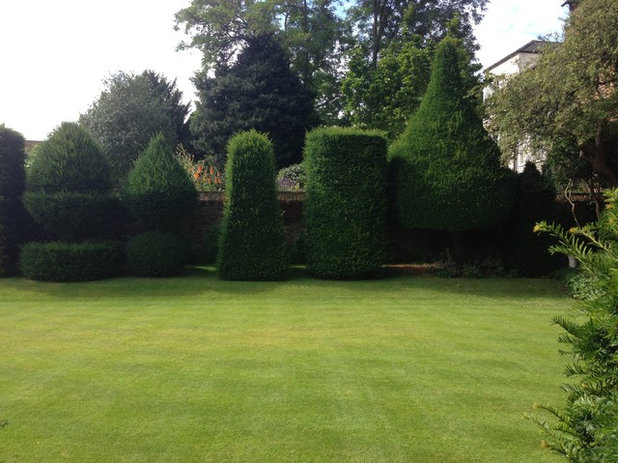
Shaped yew (
Taxus baccata)
has always been a mainstay in formal English gardens. The styles featured at the side of the Yew Court have almost a showroom feel. Their midsummer shaggy foliage softens their outlines.
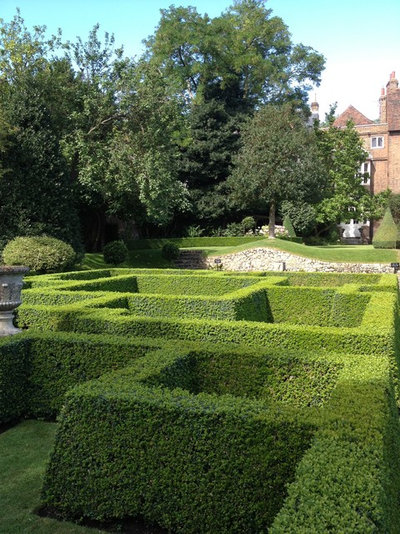
The main feature of the garden is a topiary parterre below the Yew Court. Though it looks original, it was planted in 1995, based on the Jacobean design of the front and rear doors of the house.
The parterre is composed of tightly clipped boxwood (
Buxus sempervirens),
which has wonderful variations of color, assisted by the sun's playing strong shadows on its walls.
It is interesting to see a parterre where the boxwood hedging is allowed to grow taller than the usual foot high.
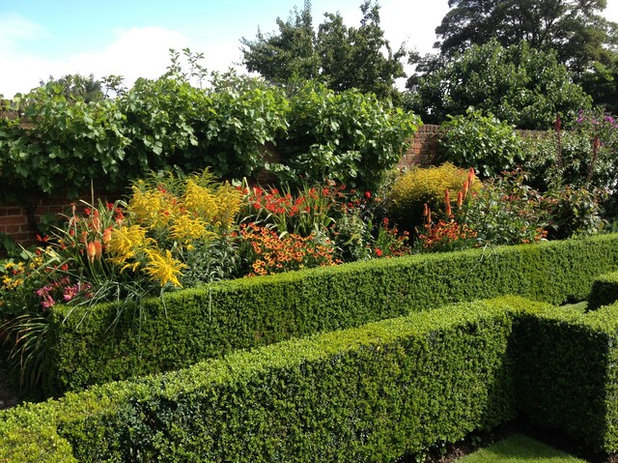
A long border runs the length of the garden, backed by the dividing wall and fronted by a 2-foot-tall clipped boxwood hedge.
It is planted with a dazzling mixture of shrubs and summer flowering herbaceous perennials, including Solidago, Kniphofia, Crocosmia and Helenium, that bring a very English cottage feel to the border.
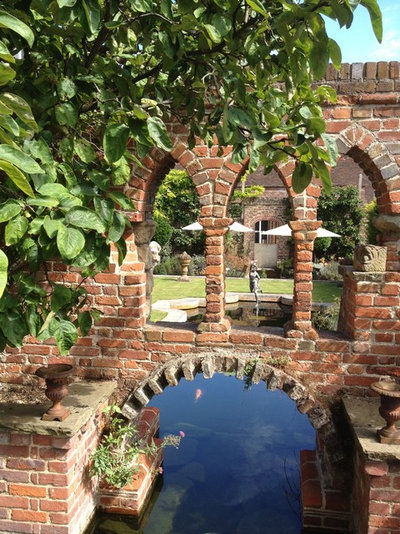
A central wall built in 18th century divides the garden. Archways allowing movement from one side of the garden to the other and interlaced Gothic arches, copied from ones surviving in the cloisters of the nearby Rochester Cathedral, span the garden's Queen Anne pond.
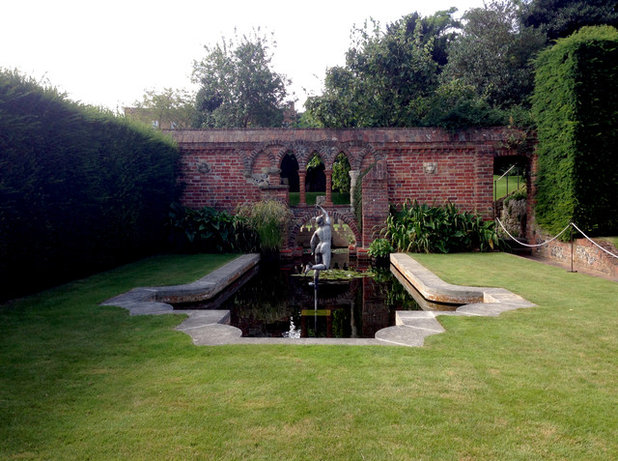
The water flows under the arches to a pond based on the shape of a Queen Anne mirror, where shoals of gold and black carp swim in crystal-clear water.
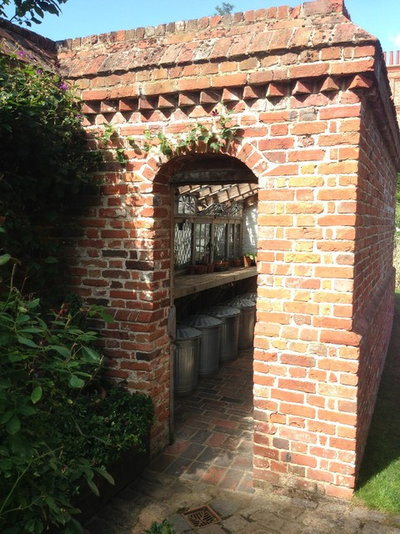
Another break in the dividing wall is filled with a delightful brick greenhouse built with oak framing and roofed in very interesting fish-scale glass tiles copied from some found at Heligan Gardens in Cornwall, another restored garden.
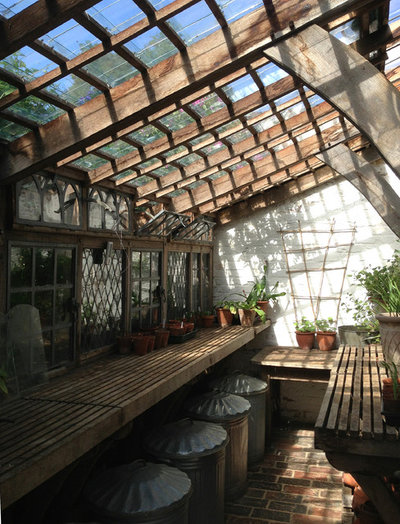
The interior of the greenhouse is a workman-like space with slated benches and galvanized bins for holding potting compost. The side windows are really charming; they're composed of a mixture of leaded lights.
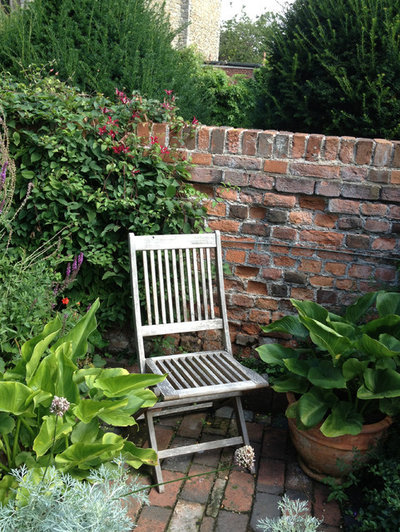
Not only the long borders, manicured lawns and trimmed box made me fall in love with this garden, but also the attention to detail in the smallest of areas.
Set in a gap in the long border, a south-facing suntrap has been created among the lush planting — a perfect spot for reading the Sunday papers or just breathing in the fragrances around you.
How simple to create this type of feature in any garden, large or small — though the aged brick wall really does give the area oodles of character that would be hard to replicate.
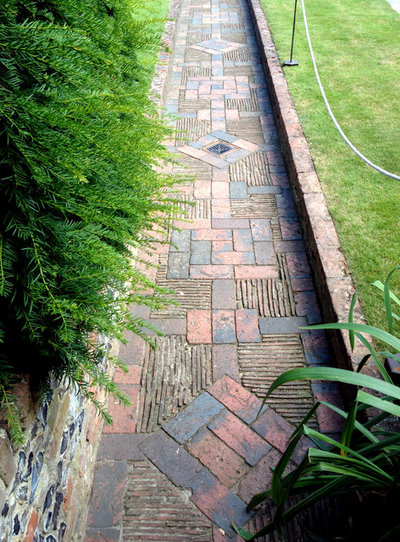
Red brick, a natural building material in the area, links the garden with the house and gives the hardscaping warmth and a feeling of antiquity. Some of the paths have been laid in a basket-weave pattern with bricks and terra-cotta tiles on their edges; others are simpler and match the walls' running-bond pattern.
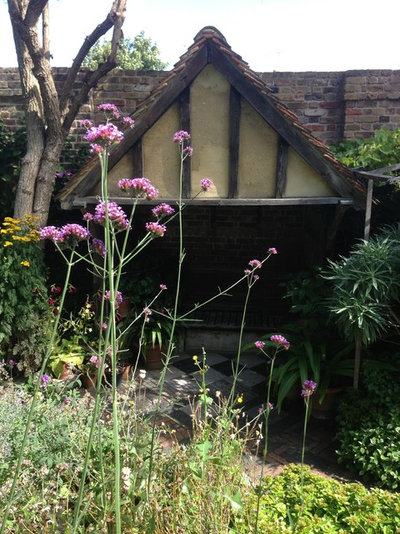
An Edwardian addition to the garden is the beautifully restored Summer House. Designed in the style of a gazebo or arbor, it is set against the brick boundary wall and faces a mixed border surrounding an ancient mulberry tree (
Morus rubra)
.
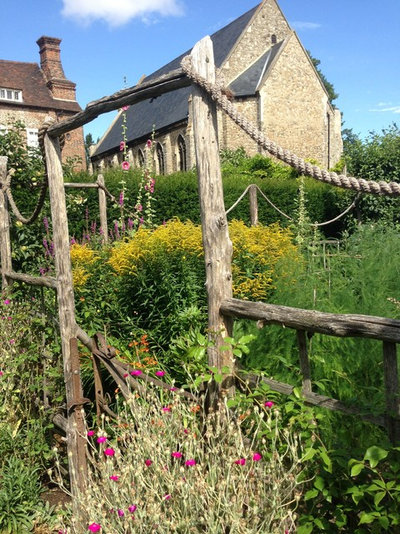
A cutting garden at the back, enclosed with very simple rustic poles and rope, replicates an area where flowering annuals and perennials would have been grown to provide bouquets for the house throughout the year.
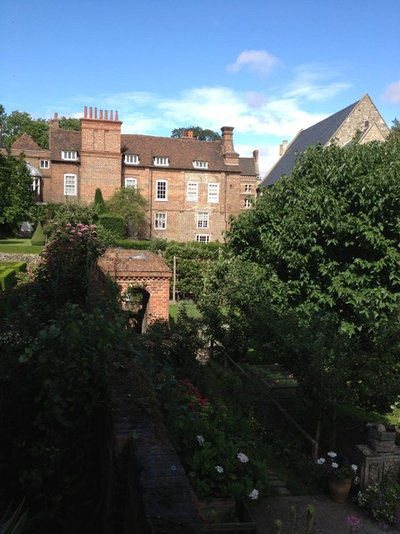
At the very back of the garden is a feature that can be found in English gardens going all the way back to the medieval period: the viewing mount, or eminence. It is a raised area set against the rear boundary wall where you can get a complete overview of the garden.
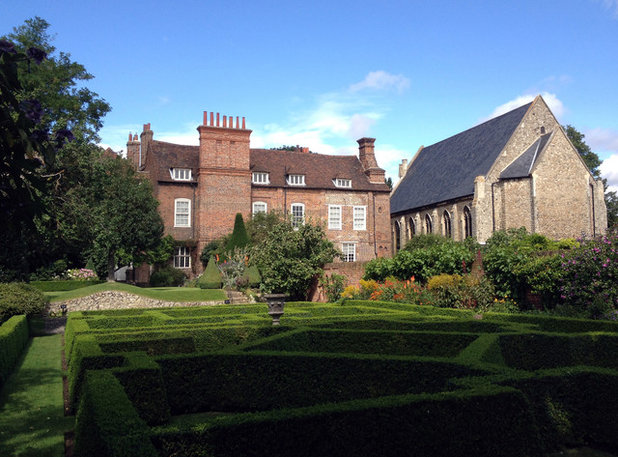
As we look from the rear of the garden over the topiary parterre toward the house, it is easy to see why this restored garden is so magical. It employs the essence of different periods of English garden design and blends them seamlessly to create a wonderful poetic atmosphere.
Learn more: The Restoration House and garden are privately owned and maintained, but are open to the public from June to late September on Thursdays and Fridays. More info





